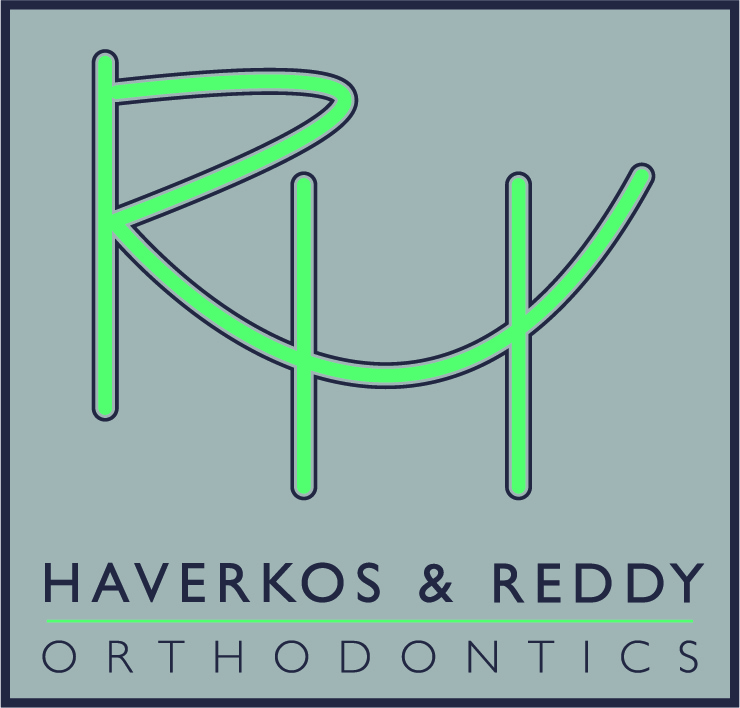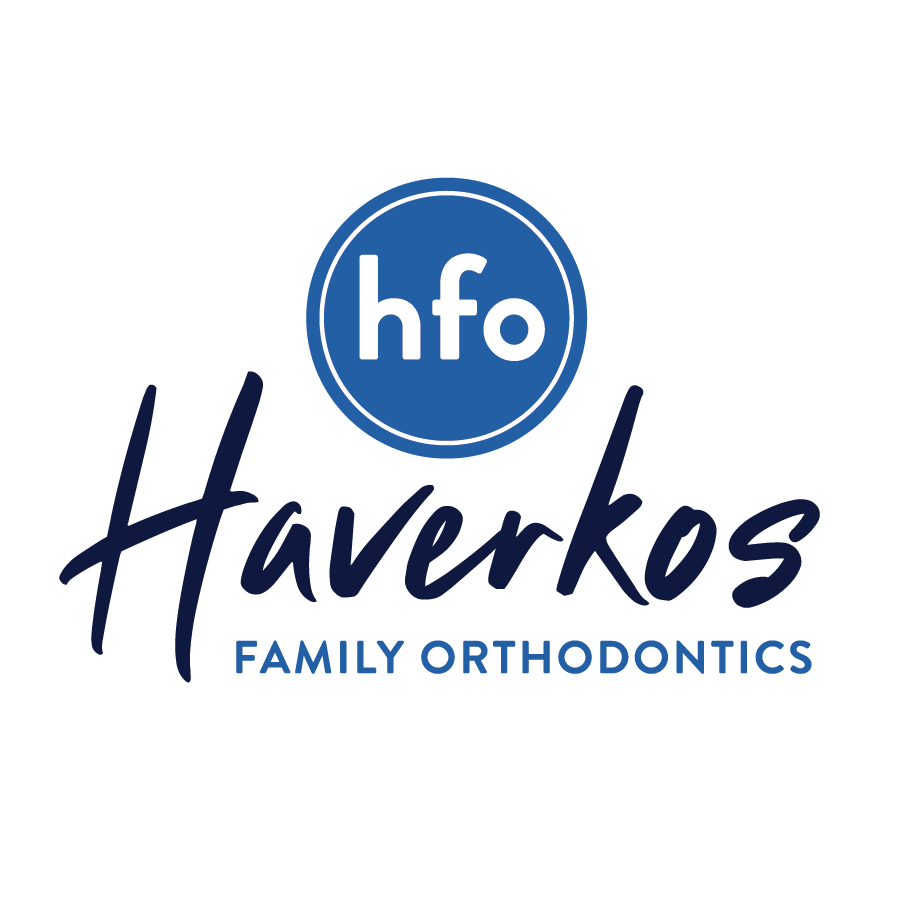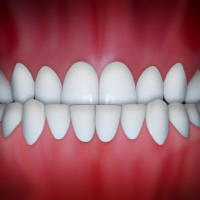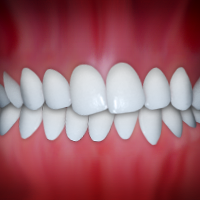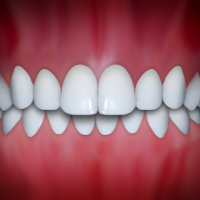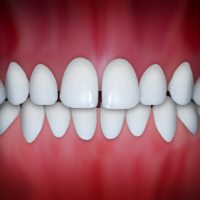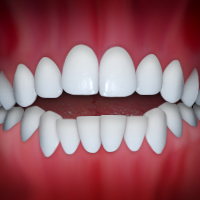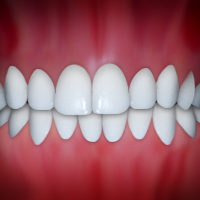Early Treatment
The American Association of Orthodontists recommends that children receive their first initial orthodontic screening by age 7. Identifying an orthodontic issue early opens up the number of treatment options available.
It’s important to recognize that early evaluation will not necessarily be followed by early treatment. In most cases, if orthodontic work is needed, we simply monitor your child’s growth patterns until we identify the perfect time for treatment to begin.
In most children, the first adult molars have typically erupted by age six. This, combined with other developmental markers will allow us to evaluate the basic alignment of the teeth, from front to back and side to side. At this time, it may also be possible to evaluate if the amount of space in the mouth required for all the permanent teeth is in the correct proportion.
When Earlier Treatment Is Better
Treatment for the most common orthodontic problems typically begins when all the baby teeth are gone and many of the permanent ones are in place, this typically happens between the ages of 9 and 14. However, there are some conditions that are better to treat at an early age.
One of the conditions that benefit from early treatment is a severe crossbite, a condition where the upper teeth close inside the lower teeth. To treat this problem, a device called a palatal expander can be used, to widen the upper jaw while it is still developing and therefore avoid oral surgery in the future.
Another condition that can benefit from early treatment is severe crowding. Severe crowding occurs when the jaws are too small to accommodate all of the permanent teeth. Palatal expansion and tooth extraction are two treatment options that promote the correct eruption of adult teeth. Braces may still be required later but treatment will likely be shorter and less complicated.
Early intervention can be used to solve other orthodontic issues. For example, protruding teeth are more likely to chip or fracture. A severe underbite, which is caused by the lower jaw growing much larger than the upper jaw, will result in serious bite problems. Orthodontic appliances such as braces and headgear can be successfully used to correct these problems during the early treatment stage, increasing the chances that surgery can be avoided during adulthood.
Correcting Bad Habits
There are bad habits that can negatively influence the development and function of a child’s teeth, jaws and mouth. Some examples of these detrimental habits are persistent thumb sucking, tongue thrusting, and mouth breathing.
While the sucking reflex is natural in early childhood; it usually disappears between ages 2 and 4. If it persists much later, the pressure of the digit on the front teeth and the upper jaw can actually cause the teeth to move apart and the jaws to change shape. This can lead to an open bite, and may also impair speech.
Mouth breathing (breathing with the mouth open) can lead to alterations in the muscular function of the tongue and face. These alterations cause the upper and lower jaw to grow abnormally leading to serious orthodontic problems.
